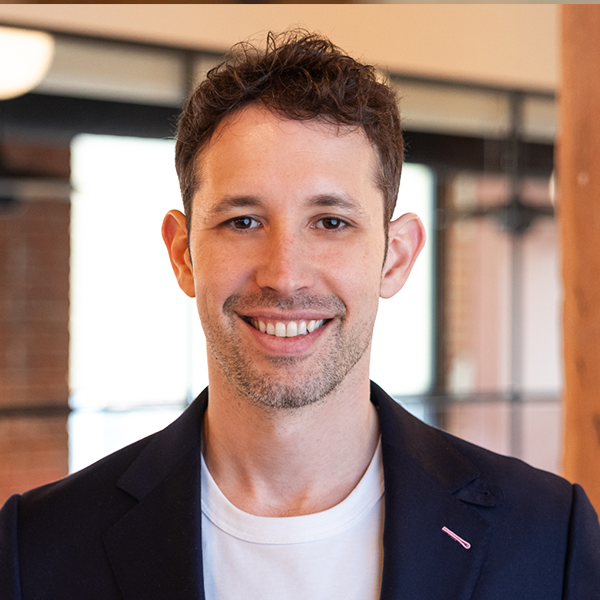A few months ago, I received an invitation to share how we successfully laid the foundation to improve diversity, equity, and inclusion (DEI) at BenchSci. I received the invitation because we were the only company in one of our investor's portfolios to do it successfully.
I was excited because I expected it to be an intimate talk with other founders. But when I got there, there was only one founder. All the others sent human resource or operation leaders.
That was disappointing. Now I knew that nothing would change as a result of my talk. At some point, I got a question from the audience asking how to drive change around DEI in their company. I said that it starts from the top, and she could begin by asking their CEO why they chose not to attend my talk.
Most companies put DEI under someone senior in human resources. I think that's wrong. CEOs must invest heavily to drive meaningful change around DEI. For this to happen, DEI should report directly to the CEO, as it does at BenchSci.
Balancing hypergrowth with DEI is hard
Introducing DEI practices into an organization is hard. Doing so in a hypergrowth startup is almost impossible.
That's because DEI not only requires investing resources but also slowing down. It slows hiring, promoting, and implementing change. Anyone who tells you otherwise is either lying or has never tried it.
For a hypergrowth startup, slowing down can mean the end of the company. That's why you rarely see real change from a DEI perspective in such organizations.
Instead, what ends up happening is that CEOs delegate DEI to someone senior in human resources, like a VP of People Operations. The VP then hires a DEI person; that person tries to implement change and fails.
This failure is predictable. It happens because DEI is a relatively low priority. Everyone is under so much pressure to deliver that they can't afford the slowing that implementing DEI change requires. Neither the person responsible for DEI nor the VP they report to can overcome this. Does the VP of People Operations in your company have the authority to delay a product launch to achieve DEI goals? Unlikely.
Only the CEO can sacrifice speed for DEI
That narrative changes when DEI reports to the CEO.
Having DEI report to the CEO not only sends a powerful message to everyone that it's a priority. It also overcomes short-termism. I've learned that there are tradeoffs to short-term speed if you want to build a more diverse, equitable, and inclusive organization. That short-term slowing down is a huge long-term advantage. But the only person who can make that tradeoff at the hypergrowth stage is the CEO.
By reporting to the CEO, DEI also affects more of your organization. When investing in DEI, you must look beyond your human resource practices to your products, partners, vendors, processes, and more. For example: How does your corporate social responsibility program reflect your commitment to DEI? Is DEI a factor in how you select vendors? When you do user testing, do you ensure a diverse group of testers?
DEI initiatives shouldn't be in a silo. Improving DEI requires systemic change. And you can't drive change across an organization from a single department. That's why DEI should sit under the CEO.
The next time I present on this topic, I hope more CEOs have got the message and join the conversation.
Visit our Diversity, Equity, and Inclusion page to learn more about our approach.
